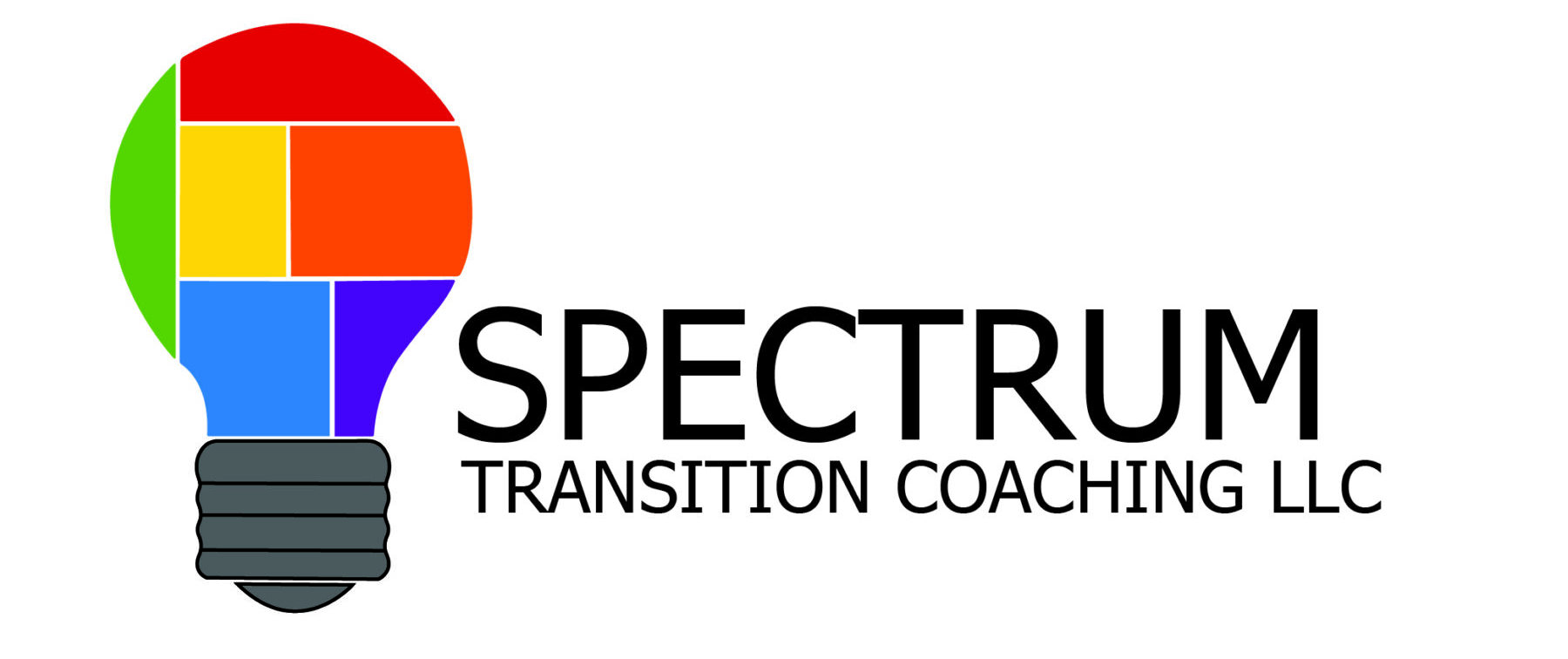Friendship: A Handbook Part 3
Tips to Build Friendships for Young Adults on the Autism Spectrum
At the end of Part 2 of the Friendship Handbook, I introduced the idea of moving your interactions with a potential friend out of the original “location” of your initial meetings. This is a crucial step in elevating an acquaintanceship to a true friendship because this involves more effort. It is easy to have conversations with someone when you both show up to the same class or meeting or office. Agreeing to an activity outside of that regular location requires more time, effort, and energy. If the other person does not want to be your friend, they will not be interested in putting in that extra work.
This step can be the most difficult to navigate if you are autistic. Why? Because it involves picking up on social cues. It can be helpful to have a parent, coach, or other trusted partner to help you at this stage. This trusted person can help you interpret your acquaintance’s reaction and provide guidance on future interactions.
It is important to make something very clear: just because you want to deepen a friendship does not mean the other person is obligated to feel the same. Friendship is always a choice. It is ALSO important to remember that there can be many valid reasons someone might decline an invitation you extend. This is where reading social cues is very important. I will illustrate this with an example.
Let’s say you have identified someone in a course you are taking with whom you share a few common interests. Over several weeks, you have had a few conversations with them, and you think this person might make a great friend. We’ll call this person Bob. One day after class, you approach Bob as he’s packing up his things and ask how he’s doing. You have a short conversation and then say “Bob, what are your plans for this weekend? There is a new exhibit/movie I was planning to see and I was wondering if you’d like to go with me?” There are several ways Bob might respond. Here are a few options:
a) “Sure! That would be great! Let’s look at our schedules right now and plan it!”
b) “I would love to go to that event with you, but I am not free this weekend. Is there another time we could go?”
c) “Thank so much for asking but I can’t go.”
d) “No thanks, I’m not interested in spending time with you outside of class”.
Let’s analyze Bob’s possible responses for clues. Responses “a” and “b” clearly indicate that Bob wants to get together outside of class even though in response “b” Bob can’t take you up on your invitation to go over the weekend because he’s busy. Response “d” is also clear: Bob is telling you that he does NOT want to advance from class acquaintance to friends. Response “c” is not so clear. Does Bob want to go but just can’t go this weekend? That is a fair follow up question! You might say “Bob, is there another time you might be available to go with me?” Bob’s answer to that follow up might be easier for you to understand.
As a general rule of thumb, if you try several times to invite someone to get together and they decline, they probably are not interested in becoming your friend. That might be difficult for you to accept, but accept it you must. That doesn’t mean you need to ignore the person any time you seem them. It just means they would prefer to remain an acquaintance.
There are other things to know about the process of making friends and deepening friendships which can be more difficult for young adults with Autism. If you have questions or want to explore more about friendship, let’s chat about it!

